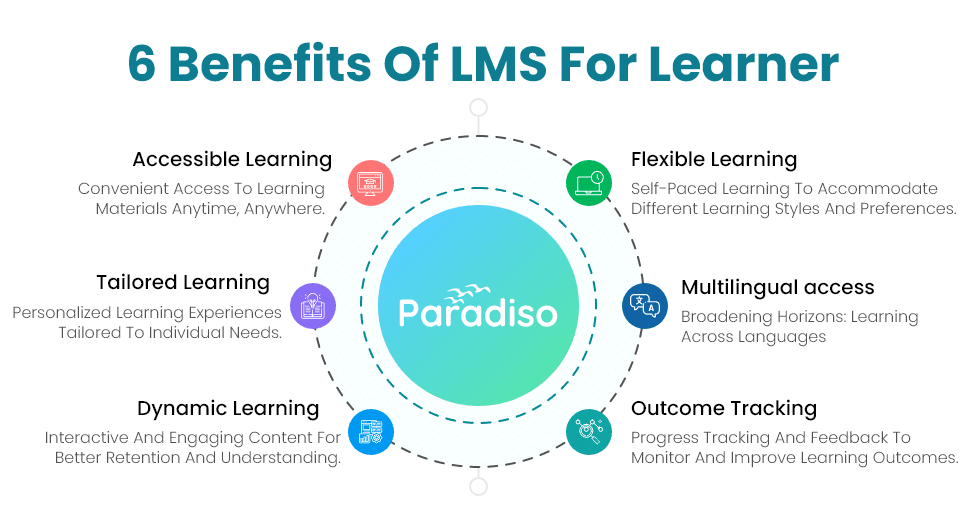In today’s globalized world, a multilingual Learning Management System (LMS) is a crucial tool for organizations expanding across different countries. A multilingual LMS enables organizations to deliver training and educational content in multiple languages, catering to the diverse needs of their workforce.

We have
something for you!
Are you still figuring out which LMS is the best? Grab the chance to explore the LMS Buyer's Guide and get started.












